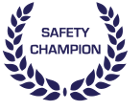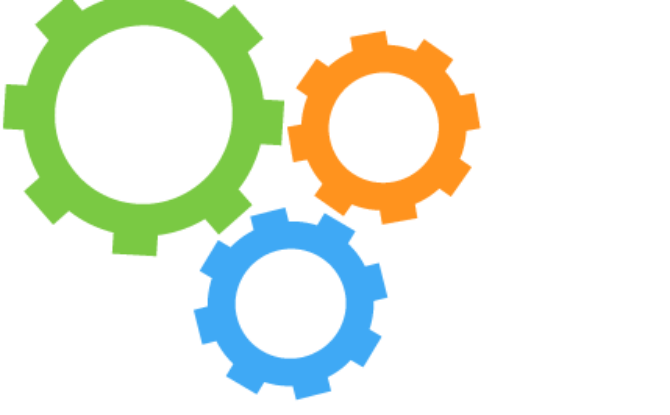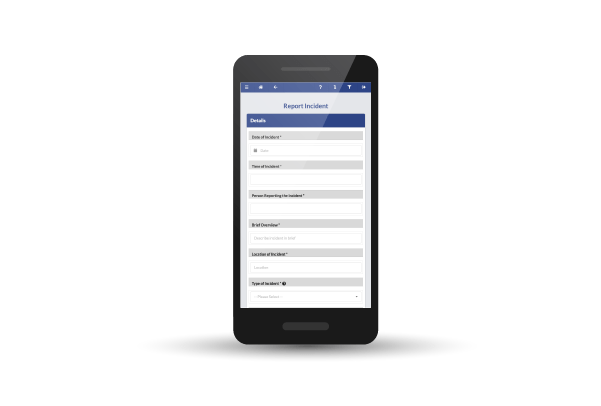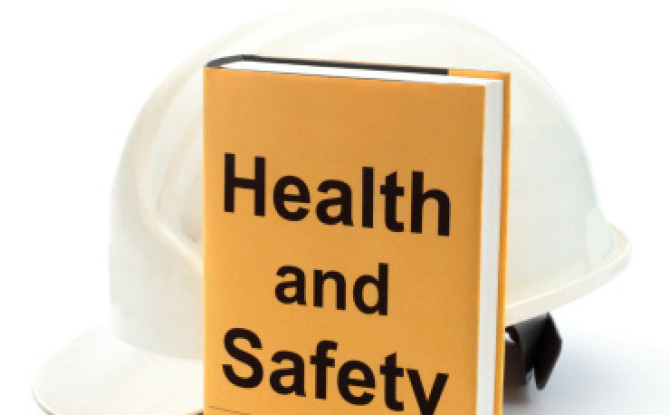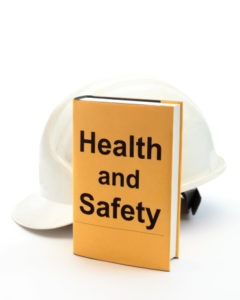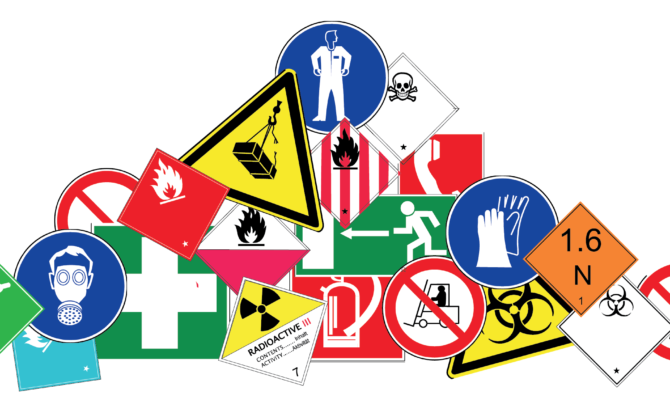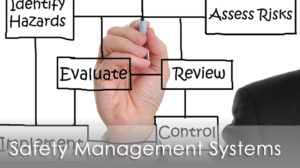We’re not going to beat around the bush. There’s the long-winded, jargon-clad explanation for how important safety management systems are, why you need them, the health and safety legislative requirements you have as a business owner, your moral obligations, etc, etc. And all that stuff is true. But there’s also a simpler and more straightforward way of looking at it. That is –
A safety management system is just an elegant name for what your business actually does to manage and mitigate safety risks to your people at work.
That’s it. Pretty clean and clear now right?
And we’d argue that it’s important to break it down into this simplistic way of looking it, and keeping this in mind as you build out and improve your safety management system.
Why? Because – without knowledge of what good can look like, safety just has a special way of becoming very complex and complicated within businesses as they try to do more and the more to address things – we see it time and time again. When actually, the reality is, that if you manage and mitigate the safety risks effectively, you’ve nailed it.
So, how do you manage and mitigate the safety risks effectively in a comprehensive and effective safety management system? Here’s a nice clear process:
1. COMMIT TO IT –
This is first on the list because, quite frankly, without the explicit commitment from management teams to any safety efforts, no matter how good the intention was, it never really quite works. So commit to it and, importantly, show your commitment to your people at every level and often.
2. PLAN IT –
Think about all the things you want to address when it comes to the health and safety of your people. Write it down. If you don’t know what you want to address – ask your team! Or start with common injuries and hazards for your industry – read this blog. Then when you’ve got a pretty robust and comprehensive list, prioritise the issues, putting the most hazardous first and determine how and when you will address these.
3. DO IT –
It can be tricky to ensure the implementation of your plan happens, and continues to happen – this is why you should write it down. It is likely that you’ll need to delegate tasks, provide deadlines, and make sure your people are trained, ready and willing. Read more on how to encourage greater buy in from your team here.
4. CHECK IT –
Set up regular check-ins to make sure you are on track with your plan. This part is about monitoring what you’ve done, looking at the data, and evaluating how well you did. Or even whether you can do it better another way next time.
5. DO IT AGAIN –
You’ve likely heard of the continuous improvement cycle when it comes to safety management systems? Well this is that integral part to it all. You must repeat this process over and over again. This is simply because things change at work – the hazards may change, your people may change, the legislation may change, etc. Remember there is always something you can improve upon when it comes to health and safety.
To be perfectly honest with you, a safety software like Safety Champion was made (quite literally) for this kind of thing – to help you to keep the planning, doing and checking of your safety management system on track and moving effortlessly. We promise it’ll help. It will make your safety program effortless (compared to the alternative), efficient and sustainable.
Remember, if you get lost – just keep bringing it back to this; “What we are really trying to do is manage and mitigate risk to people in our workplace.” That’s it. Keep it at the forefront of everything you do and you’ll be in a good place.
Looking for more detail on Safety Management Systems? Review our past blogs:
Safety Management Systems: A comprehensive overview
